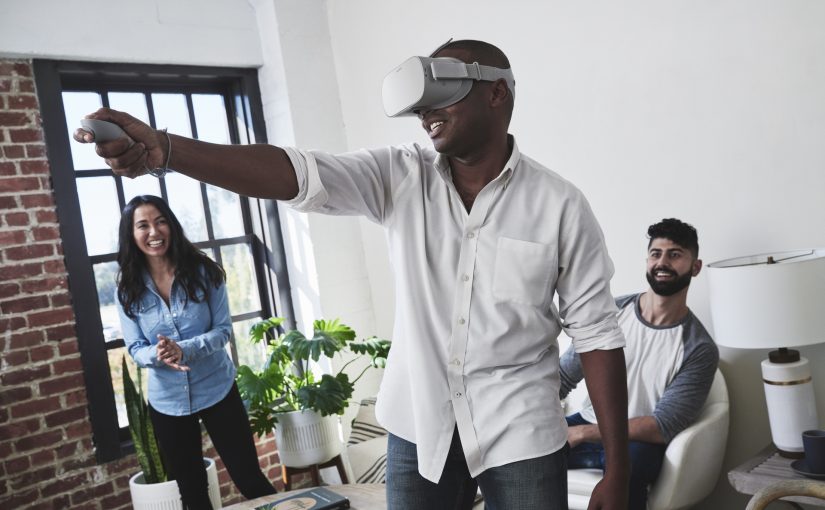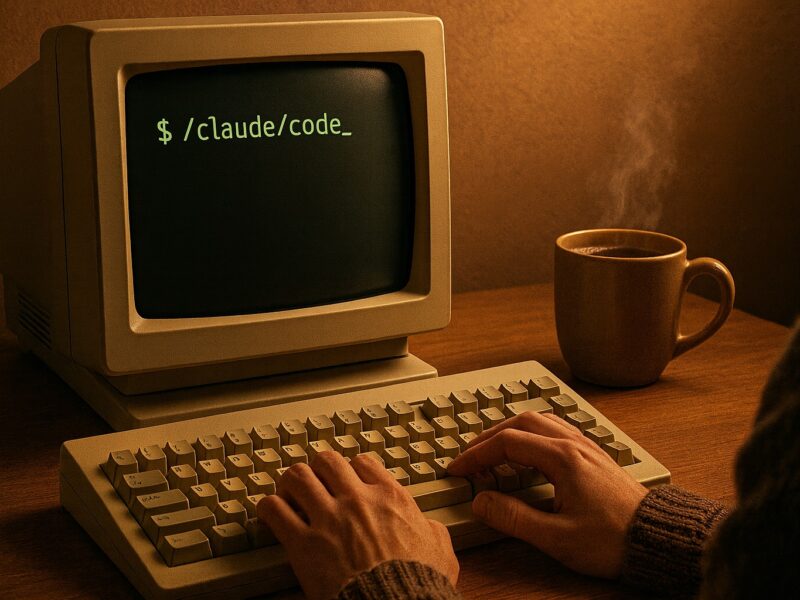Something finally hit me like a ton of bricks. We’ve been here before.
How many of you remember what the gaming ecosystem looked like in 2007? There were consoles, PC gaming, Macs were practically a no-show except for “light” games, and mobile gaming was ports of 8 bit gaming engines and evolved versions of snake.
No one cared about playing games on the phone, that’s not what they were for, they were for email (Windows CE, Blackberry), messaging, and phone calls. Nokia’s N-Gage platform notwithstanding 🙂
Fast forward to today, iOS and Android (phones) own the market that was created when the iPhone was released… that market is called “Casual Games.” There’s been no shortage of debate about how powerful the phones are, and how well they can play games, but without a doubt, nearly everyone plays games on their phones.
These games aren’t typically using the latest whiz-bang graphics, or VR, or or even team play. They’re nothing like what a “gamer” would play. They’re far to uninteresting. The gamer wants wicked refresh rates, absurd FPS, and the latest and greatest GPUs and CPUs with as much memory as possible. Add a VR headset and the requirements increase further.
The casual gamer wants to be able to enjoy themselves, play puzzle games, grow farms, checkers, peer to peer backgammon, and so on. Things that run perfectly on their mobile devices.
What’s happening today is a very similar revolution. Oculus released the Oculus go, powered by what amounts to a mobile phone’s core. They’ve stripped the non-essential software and hardware and put it in the market.
What’s different this time? The Oculus Go leverages a well tuned app store ecosystem, developed with their partners at Samsung while building Gear VR. Why does the app store matter? Says Greg Joswiak, Apple vice president of iOS, iPad and iPhone marketing, in a Rolling Stone story called “Apple: How iPhone Gaming Revolutionized Video Games”
“We thought maybe we’d get 50 apps to start, but on the first day we had 500, and we thought that was an omen. But I’d be lying if I said we thought it would be as revolutionary as it would become. It’s changed the world. It’s changed the way software is written and distributed. It’s changed the gaming industry.”
Simply? Consumers want an easy button. The Oculus Go is incredibly simple, and easy. The Oculus Go is not for the “gamers” among us. It’s a very simple and elegant entry into the consumer VR space. It provides exactly the same experience that the current casual games do on iOS and Android, but in VR. You can play with friends, watch movies and TV, and of course you can do most of it in real time with friends.
Here’s a quote from a friend of mine, and new Go convert/evangelist Elie Finegold: “Got another one today for my wife so we can hang together while I’m traveling.” This comes from our first experience in Oculus Rooms. He and I spent the better part of an hour just chatting and catching up. He was so taken by it, well, you see what happened.
We’re on the edge of something great here. I hope you’ll follow along for more as it unfolds.
Previous Go stories:
New to the Oculus Go? Here are 10 apps to get you started.
Wireless consumer VR: slip it on and Go. Anywhere.


